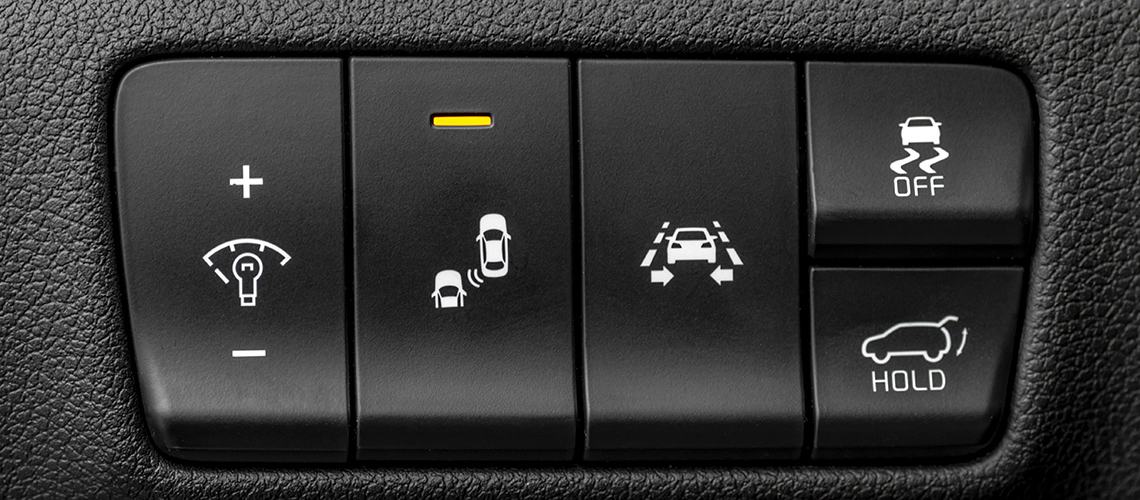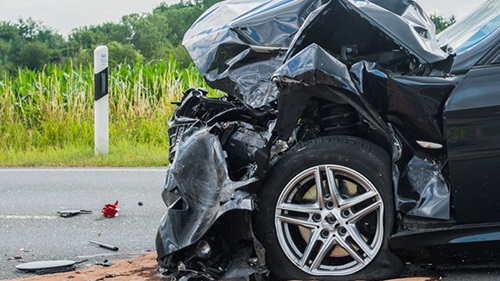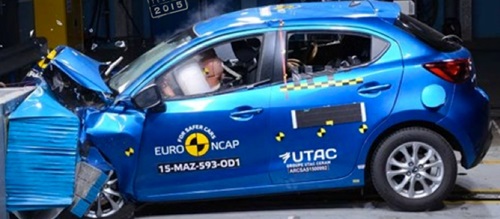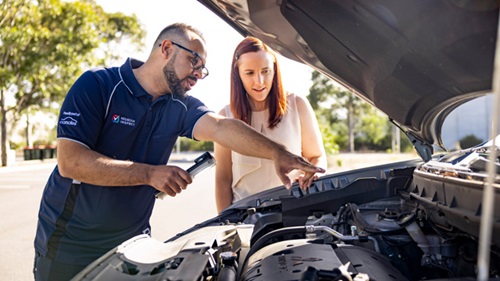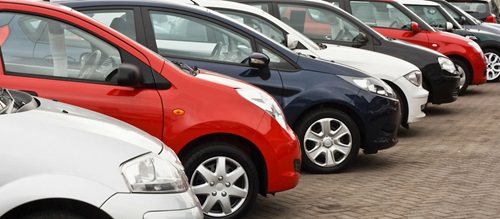Brand. Size. Colour. Mileage. Price. There are many things to consider when buying a car. Among these, safety should be at the top of your criteria. As the updated Used Car Safety Ratings reveal you don’t have to sacrifice safety for price to buy a new set of wheels.
Buying a used car can be pretty daunting – there are so many cars to choose from and if we’re honest, most of us are often looking for the best deal rather than thinking about buying the safest car.
But following consecutive rises in the annual NSW road toll, it’s more important than ever for motorists to buy the safest car they can afford.
The good news is safety features aren't exclusive to new cars, with state of the art equipment such as Autonomous Emergency Breaking (AEB), Electronic Stability Control (ESC) and air bags now widely available in many used cars. Couple this with the release of the latest Used Car safety Ratings, and buying a safe second-hand car has never been so easy.
Safe choices for all price ranges
Expert analysis of hundreds of Australia’s most popular used cars and their involvement in millions of crashes forms the basis for the latest Used Car Safety Ratings.
While new cars with the latest technology provide the most safety of all, the Used Car Buyer's Guide reveals many of the safest vehicles on the list can be purchased from under $10,000.
In knowing poorest performing vehicles at driven by our most vulnerable drivers, this lower price point is particularly important for young drivers purchasing their first car or parents looking for a safe, reasonably-priced car for their kids, as well as elderly drivers with limited budgets.
“Your choice of a used car for yourself or your kids can make all the difference in a crash,” Melinda Pavey, Minister for Roads, Maritime and Freight said.
“These ratings provide important information for people in the market to buy a used car showing how well a vehicle protects a driver in a crash.
“But they also show that you don’t have to compromise on safety if you don’t have a lot of money to spend.”
Calculating a ‘Safer Pick’
Monash University Accident Research Centre, in partnership with the NSW Centre for Road Safety, the NRMA and other members of the Vehicle Safety Research Group analysed records from more than 7.5 million vehicles involved in road crashes and 1.7 million injured road users in New Zealand and Australia between 1987 and 2015 to produce the ratings.
A total of 389 vehicle models manufactured from 1982 to 2015 are rated: of those, 278 were manufactured from 1996 to 2014.







